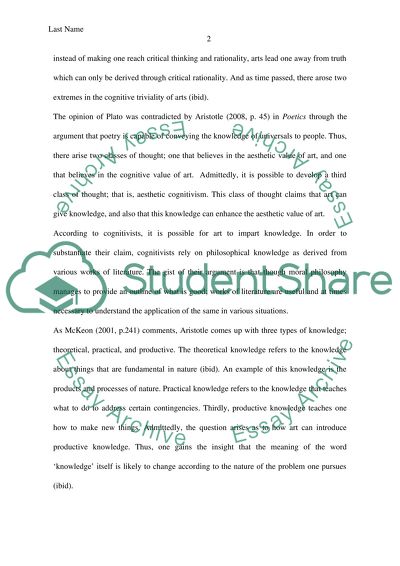Cite this document
(“Art and Knowledge Essay Example | Topics and Well Written Essays - 2000 words”, n.d.)
Retrieved from https://studentshare.org/philosophy/1396327-what-if-anything-can-we-learn-from-art
Retrieved from https://studentshare.org/philosophy/1396327-what-if-anything-can-we-learn-from-art
(Art and Knowledge Essay Example | Topics and Well Written Essays - 2000 Words)
https://studentshare.org/philosophy/1396327-what-if-anything-can-we-learn-from-art.
https://studentshare.org/philosophy/1396327-what-if-anything-can-we-learn-from-art.
“Art and Knowledge Essay Example | Topics and Well Written Essays - 2000 Words”, n.d. https://studentshare.org/philosophy/1396327-what-if-anything-can-we-learn-from-art.


